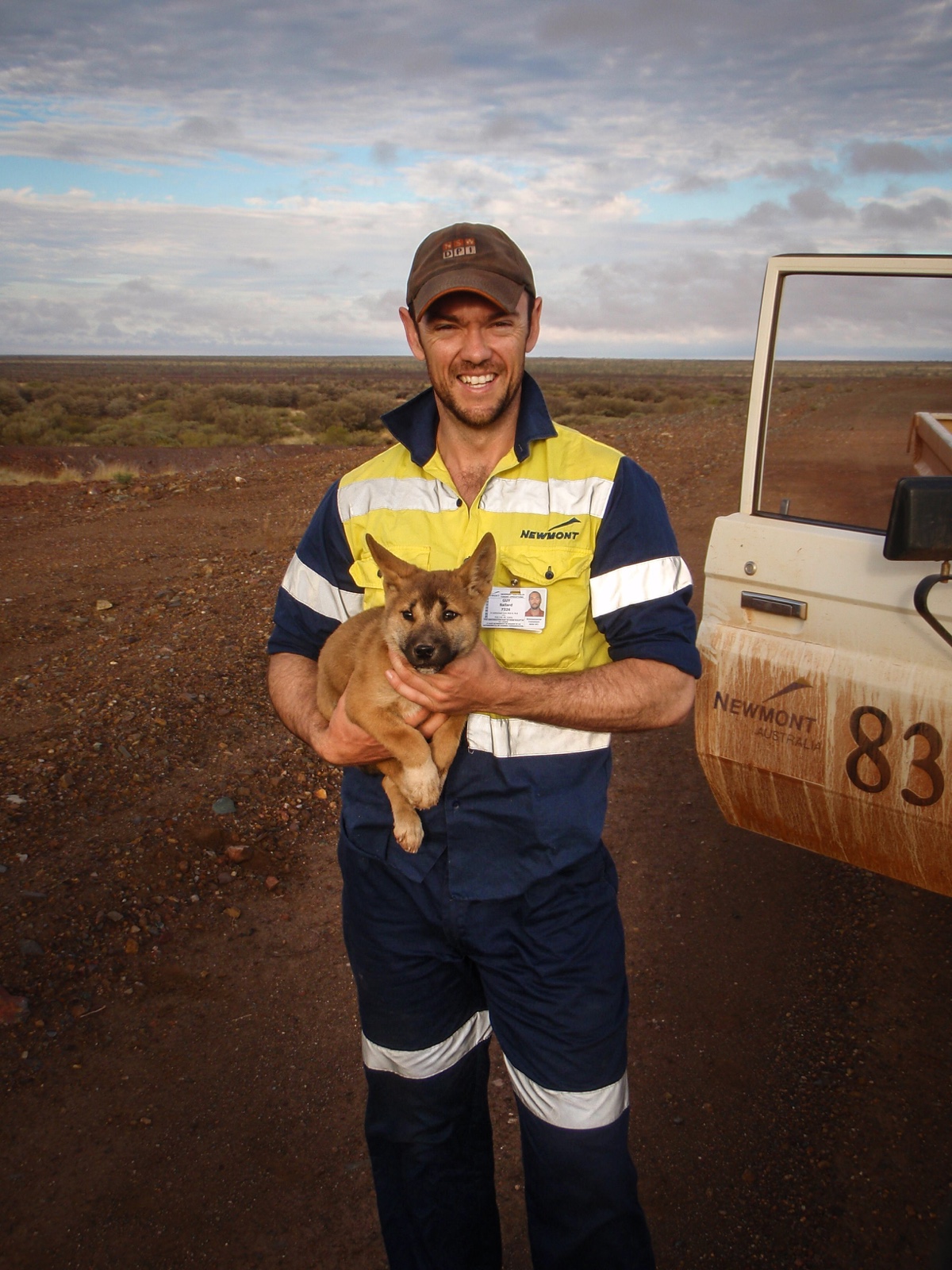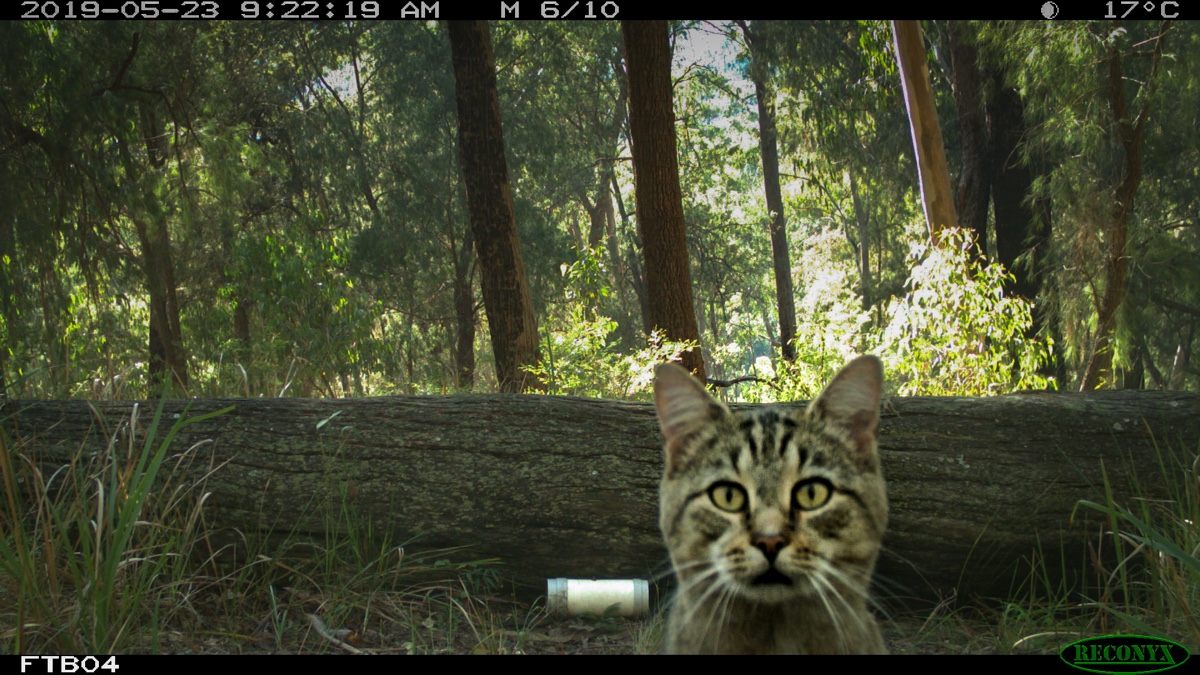The University of New England (UNE) is leading one of the most ambitious projects ever devised to manage Australia’s destructive feral cats.
More than $30 million will be invested over five years into wide-ranging feral cat research exploring ways to manage a pest implicated in the loss of nearly a billion native animals each year.
UNE will work in partnership with the NSW Department of Primary Industries, National Parks and Wildlife Service, and Local Land Services. The project will be led by Dr Guy Ballard.
Announced yesterday by the NSW Government, the project was made possible by a major grant from the NSW Environmental Trust.
Development of e-technologies, assessment of new and refined management options, and empowerment of land managers are among the objectives of the project, Developing strategies for effective feral cat management.

Image: Dr Guy Ballard with one of his past research subjects.
The feral cat partnership builds on the already close ties between UNE researchers and NSW Government land management agencies, which have collaborated for years on various pest animal management strategies.
“Inevitably, the knowledge we develop during this project will feed back to support integrated predator management across species like wild dogs and foxes too,” Dr Ballard said.
“Our focus might be feral cats, but this is an investment in the management of pest animals and native fauna across all our public and private lands.”
UNE’s Deputy Vice-Chancellor - Research, Professor Heiko Daniel, welcomed the opportunity to further strengthen UNE’s ties with partner agencies in the shared effort to solve complex issues of national importance.
“UNE has built leading capability across the environmental sciences and other disciplines to focus on the challenge of invasive species,” Professor Daniel said.
“We now have many years of proven research performance in this area. This project will draw on that experience, and enhance our scientist’s capability to contribute to future solutions.”
UNE is at the forefront of data-based e-technologies for pest animal management. Its researchers developed the pioneering Wild Dog Alert, a module that works remotely to sense and report on the presence of wild dogs. Among the several technologies built into the Wild Dog Alert is face recognition to identify individual dogs.
Dr Ballard said two computational science post-doctoral research fellows will be funded to further refine these technologies for feral cat applications.
Feral cats are highly destructive to Australia’s biodiversity, and are vectors for damaging diseases. Across Australia, feral cats kill an estimated one billion mammals, 596 million reptiles and 316 million birds per year.
They are also a host for the parasites Sarcocystis, which impacts the sheep industry, and Toxoplasma gondii(toxoplasmosis) which infects about a third of humans worldwide.
“The goal is to finish the project with effective tools and strategies for taking feral cat predation pressure off native fauna, and reducing their potential to be a disease vector,” Dr Ballard said.
Read more on the Feral Cat Project web page.


